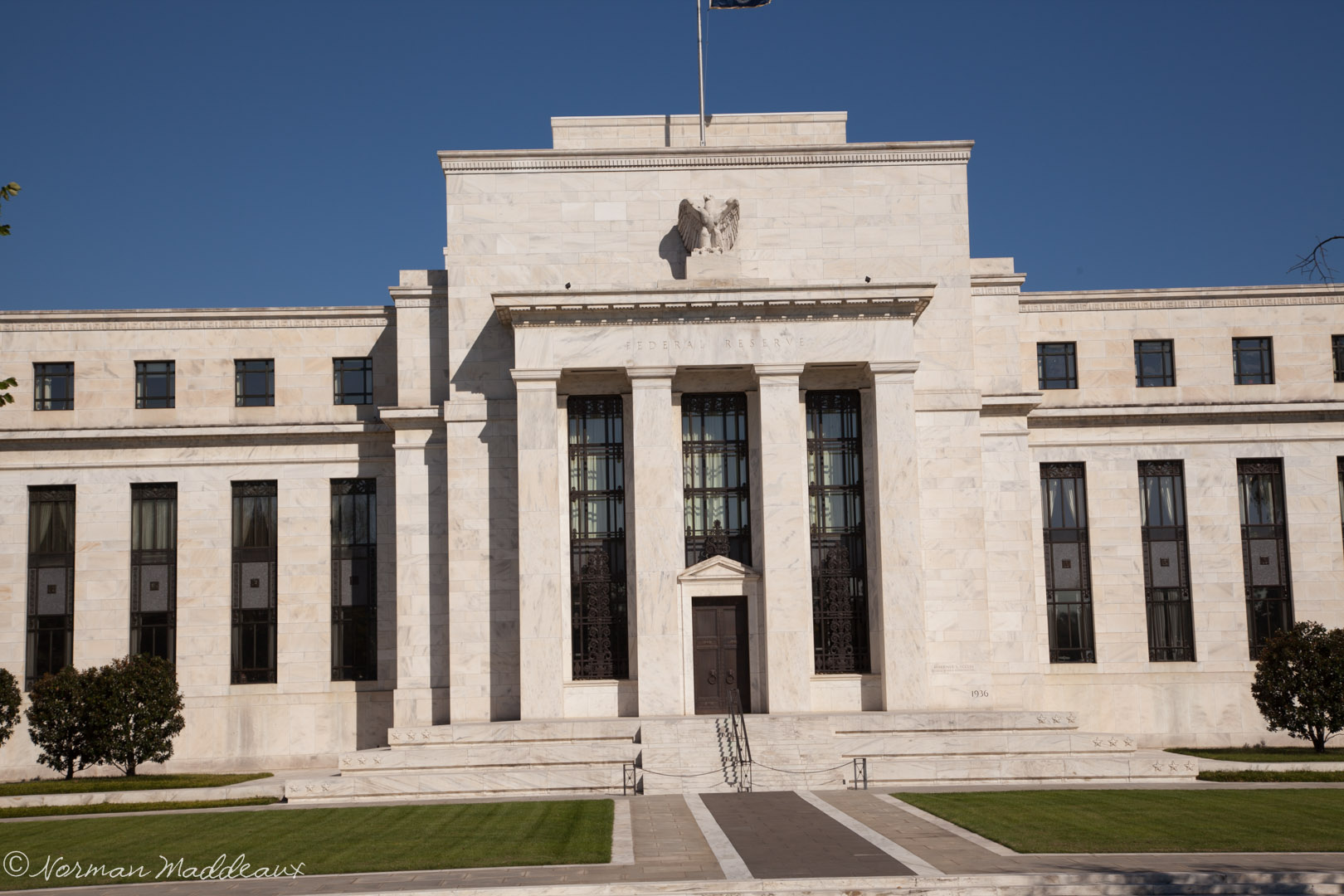
Information received since the Federal Open Market Committee met in JulySeptember?indicates that the labor market has continued to strengthen and growth of?economic activity has picked up from the modest pace seen in the first half of?this year. Although the unemployment rate is little changed in recent months,?job gains have been solid, on average.Household spending has?been growing stronglyrising moderately but business fixed?investment has remained soft. Inflation has continued to runincreased?somewhat since earlier this year but is still below the Committee’s?2 percent longer-run objective, partly reflecting earlier declines in energy?prices and in prices of non-energy imports. Market-based measures of inflation?compensation have moved up but remain low; most?survey-based measures of longer-term inflation expectations are little changed,?on balance, in recent months.
Consistent?with its statutory mandate, the Committee seeks to foster maximum employment?and price stability. The Committee expects that, with gradual adjustments in?the stance of monetary policy, economic activity will expand at a moderate pace?and labor market conditions will strengthen somewhat further. Inflation is?expected?to remain low in the near term, in part because of earlier declines in energy?prices, but to rise to 2 percent over the medium term as the?transitory effects of past declines in energy and import prices dissipate and?the labor market strengthens further. Near-term risks to the economic outlook?appear roughly balanced. The Committee continues to closely monitor inflation?indicators and global economic and financial developments.
Against?this backdrop, the Committee decided to maintain the target range for the?federal funds rate at 1/4 to 1/2 percent. The Committee judges that the case?for an increase in the federal funds rate has strengthenedcontinued to?strengthen but decided, for the time being, to wait for some?further evidence of continued progress toward its objectives. The stance of
monetary policy remains accommodative, thereby supporting further improvement?in labor market conditions and a return to 2 percent inflation.
In?determining the timing and size of future adjustments to the target range for?the federal funds rate, the Committee will assess realized and expected?economic conditions relative to its objectives of maximum employment and 2?percent inflation. This assessment will take into account a wide range of?information, including measures of labor market conditions, indicators of?inflation pressures and inflation expectations, and readings on financial and?international developments. In light of the current shortfall of inflation from?2 percent, the Committee will carefully monitor actual and expected progress?toward its inflation goal. The Committee expects that economic conditions will?evolve in a manner that will warrant only gradual increases in the federal?funds rate; the federal funds rate is likely to remain, for some time, below?levels that are expected to prevail in the longer run. However, the actual path?of the federal funds rate will depend on the economic outlook as informed by?incoming data.
The?Committee is maintaining its existing policy of reinvesting principal payments?from its holdings of agency debt and agency mortgage-backed securities in?agency mortgage-backed securities and of rolling over maturing Treasury?securities at auction, and it anticipates doing so until normalization of the level?of the federal funds rate is well under way. This policy, by keeping the?Committee’s holdings of longer-term securities at sizable levels, should help?maintain accommodative financial conditions.
Voting?for the FOMC monetary policy action were: Janet L.?Yellen, Chair; William C. Dudley, Vice Chairman; Lael?Brainard; James Bullard; Stanley Fischer; Jerome H.?Powell; Eric?Rosengren; and Daniel K. Tarullo. Voting against the action were: Esther L. George, and?Loretta J. Mester, and Eric Rosengren,?each of whom preferred at this meeting to raise the target range for the?federal funds rate to 1/2 to 3/4 percent.
Thoughts
If the FOMC wanted to throw a curve ball at the markets (not that they have had the courage to do that in some time), there’s a simple thing that they could do, and it is not that big: ?Stop reinvesting the maturing proceeds from the Treasury debt, agency debt, and agency MBS. ?It would be an interesting test of the markets, and if things go nuts, they could always reverse direction.
As it is, with a flattish yield curve and financial companies hungry for safe yield, it would be a low cost way to estimate what normalization of policy might do. ?After all, the maturing proceeds are short duration assets; the investments of the Fed in longer duration securities would be mostly untouched. ?As the Fed receives “cash” and reduces bank deposits at the Fed, banks would look for replacement assets.
Just a thought. ?As for today’s announcement, it was a nothing-burger — not much change aside from Rosengren switching sides. ?After all, you can’t make that much out of seeming economic changes over a 6-8 week period. ?They are typically just noise that the FOMC over-interprets in their statement.
Personally, I think that the FOMC will do nothing in December. ?Remember, they always talk a good game, but bow to loose policy in the end. ?There will come a time when they surprise and tighten, but that time may come sometime in 2017, if not later.

While what they say cannot be ignored, I am looking at what they (i.e., the major central banks around the world) actually do in terms of base money creation. They raised rates in December 2015, the market swooned in January and then the CBs ran the printing presses at full speed.
Nick de Peyster
http://undervaluedstocks.info/